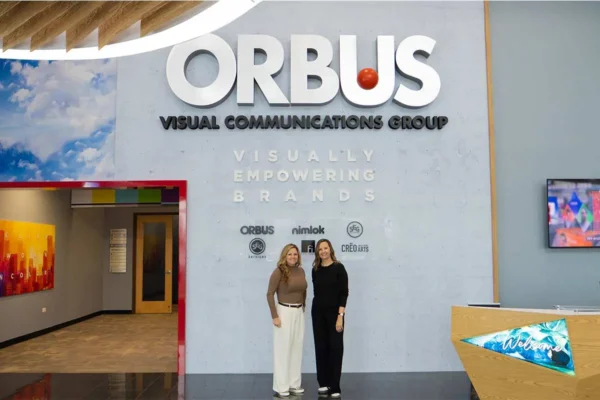The rise of social media is a double-edged sword for corporations. While marketers harness social media to build more active relationships with customers, consumers who peer behind the corporate veil can use it to expose missteps.
The poster child for this new form of consumer pressure is a Greenpeace video showing how producers of palm oil for Nestlé Kit Kat bars were ravaging orangutan forests. The video went viral and led Nestlé to partner with The Forest Trust to establish more responsible procurement guidelines.
The lesson for CSR managers is clear: Consumers, NGOs, employees and other stakeholders are now active participants in brand management. The best defense against a black eye is delivering on the promise of good citizenship.
Companies that abide by a few simple guidelines can engage with customers in ways that build trust. Going green is becoming an important part of this equation, and it is relatively easy to manage.
Public pressure is building as surveys show increasing concern about environmental risks. Roughly half of Americans say they want to reward or punish companies based on environmental performance.
Polling numbers like these are a marketing wake-up call. At the moment, consumers say the biggest challenge is figuring out which companies to reward and which to punish.
A wellspring of goodwill is available to companies that go green. A new study finds that companies earn a bump in their stock prices when they disclose carbon footprint data. Conversely, significant risk awaits companies that don’t.
To catch this eco-wave, businesses need to align with the new realities of CSR. They should go green with transparency, integrity and willingness to let stakeholders participate.
To reap green rewards and bolster a company’s reputation, the first step is to acknowledge the challenge, chart a course, take first steps and be honest about the distance yet to be traveled.
A quick review of corporate websites reveals how many companies understand this. Nearly every major business has a sustainability page that quantifies achievements in energy efficiency, pollution reduction, waste reduction and more. Today’s consumers and NGOs demand evidence of measurable progress.
The second step involves third-party verification that proves the validity of a company’s environmental performance. While large corporations often hire measurement consultants, smaller companies can achieve similar results by simply joining the Climate Registry, requesting free energy audits from their local utilities or applying for sustainability certifications from industry trade associations.
For many companies, the third step is to partner with environmental NGOs. The Nature Conservancy, for example, is partnering with energy developers, ranchers and farmers to help them build wind farms without destroying sensitive prairie habitat.
That’s a win-win. The environmental performance is genuine, the businesses prosper, and consumers can see that the companies and NGOs are working together effectively.
Managing CSR has always been about building trust. Today, this means engaging with customers and stakeholders in a shared purpose. Since Americans value the quality of the air they breathe, the water they drink, and the world they leave to their children, going green is emerging as a top CSR priority.
Fortunately, going green is also good business. Following these steps is helping smart companies reduce costs, energize employees and build stronger reputations.





























